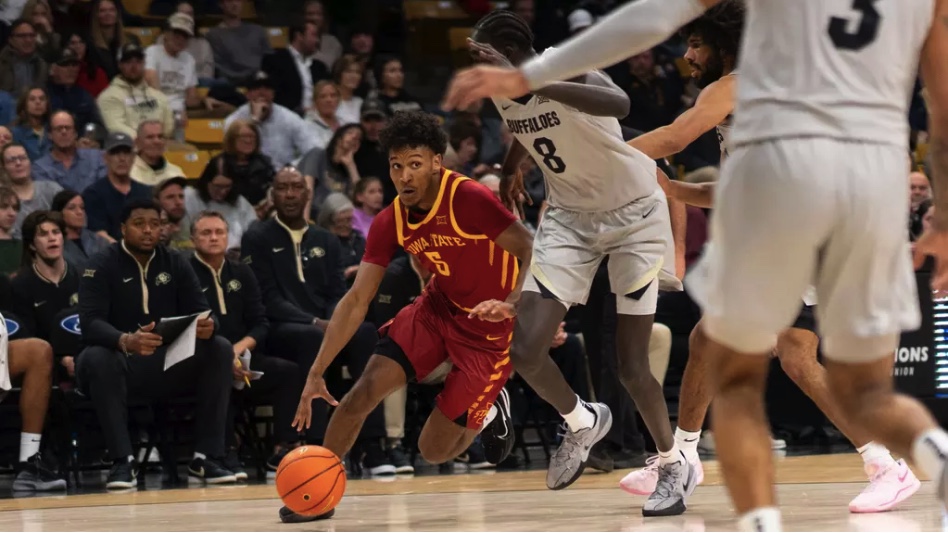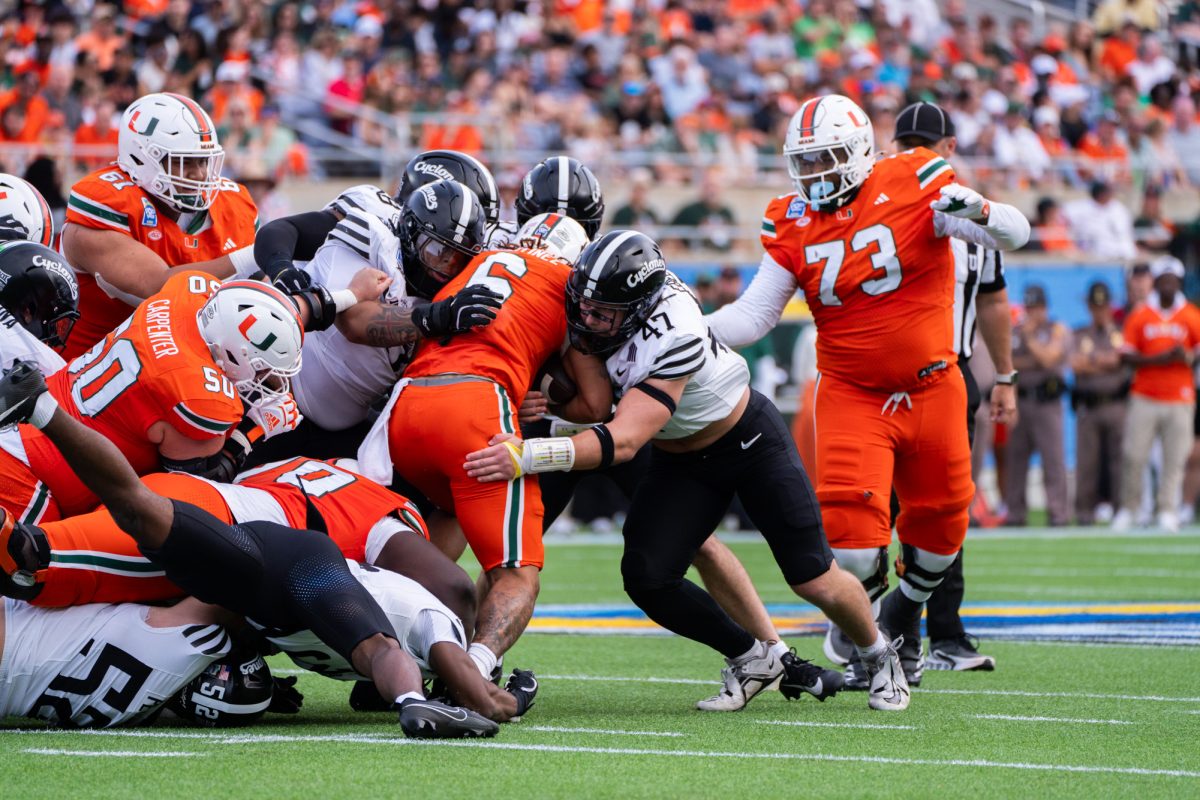ISU Police equips communities with knowledge to combat violent incidents
January 24, 2013
Active shooter situations continue to emerge in schools across the nation. According to a recent ABC report from Houston, Texas, active shooters descended upon five schools in states California, Kentucky, Michigan, Missouri and Texas within the month after the Newtown tragedy.
Active shooter situations may appear to be random and unpredictable, but schools can take effective countermeasures to prevent such events from occurring.
ISU students can do their part in preventing violent incidents from happening in their community. ISU police offers Violent Incident Response Training, which equips participants with a number of tools on how to identify, report and respond to violent incidents.
“The purpose of [Violent Incident Response Training] is to let people know what their options are when confronted with any violent situation,” said Elliot Florer, ISU police lieutenant of public safety and director of [Violent Incident Response Training].
Training consists of video, lecture, demonstration, participation and discussion on violent incident scenarios to equip participants with the tools necessary for recognizing and reporting concerning behavior. It also gives them options for response in an active shooter situation.
“[V.I.R.T.] is not one-size fits all but the [program offers] a flexible set of principles that people can choose [from],” Florer said.
In past active shooter incidents many people thought they could only hide and lockdown the facility, Florer said. In situations such as Sandy Hook, Virginia Tech, and Columbine; the classroom doors were locked.
Locks can be defeated and when lockdown fails Florer said victims must consider other options such as confronting the shooter.
The training gives participants options that they can share with fellow co-workers, faculty, staff and students to conduct an analysis of their workplace environment and then formulate plans of action in preparation for an active shooter situation.
Florer said the exercises also help participants realize that they are often the first responders in active shooter situations “when seconds count, and the police are minutes away.”
As first responder victims in active shooter situations must be prepared to deal with their own injuries and formulate a plan of action while the police disarm the threat, Florer said.
“Our first and primary goal upon arriving at the scene is to stop the threat and prevent more people from being killed,” Florer said.
Florer said investigations after violent incidents such as school shootings often reveal individuals who had pertinent information leading up to the event. The bystanders either felt uncomfortable sharing this information, or they did not know how to report it.
Fear and misconception often deters people from calling the police. People often fear that the police department’s only option is to arrest people, Florer said. But local law enforcement agencies offer more than just an officer on the scene.
ISU police can help students access a vast array of resources through a network linking the multitude of student service-related organizations and administration available on campus.
“If someone is frustrated and in need of assistance, [then] we can get that person help be it financial aid, housing, or counseling,” said Jerry Stewart, ISU director of public safety. “[These resources] may well avert that person from acting out in a violent manner against others.”
The communication channels connecting a community with local law enforcement agencies can stop the growth and development of violent incidents at its roots.
”We believe in bystander intervention at ISU and our community which means that if you see something, say something,” Florer said “If you see something that’s not right and you don’t feel comfortable intervening, that’s our job as police.”
Through daily interactions with student organizations, university administration, resident hall liaisons and many other organizations on campus, Stewart said ISU students, faculty and staff form personal relationships with one another and become more connected as a community.
Such a caring and compassionate environment helps break down the sense of anonymity.
Students can help promote an open and safer environment on campus by knowing how to recognize, report, and respond to violent situations.
Be it universities, elementary schools, gas stations or places of worship: active shooter situations are not limited to any given area. These situations can happen anywhere at any time so people need to be prepared, Florer said.
“Our goal is to equip our community members with knowledge,” Stewart said. “As students graduate from Iowa State and go to places throughout the world they can incorporate this knowledge for active shooter situations wherever they are.”
It is not just about Iowa State; it is about saving lives, Florer said.






